Four Highland schools have more pupils than the buildings are deemed suitable for.
And a further 15 are near their maximum roll.
Millburn Academy in Inverness has 1,286 pupils, but a capacity of 1,195, while Lochardil Primary School is 15 pupils over capacity.
Knockbreck Primary in Tain has 175 pupils in a 150-capacity school.
But the most crowded school is Craighill Primary, which with a capacity of 150 and a roll of 209, is running at 139.3% of capacity.
You can find out how full your Highland school is by searching for it in our table below.
Others above 90% capacity in the latest statistics released by the Scottish Government are:
- Aviemore Primary School
- Bridgend Primary School
- Cauldeen Primary School
- Croy Primary School
- Dalneigh Primary School
- Dingwall Primary School
- Farr Primary School, Inverness
- Glenurquhart Primary School
- Inverness Royal Academy
- Kinmylies Primary School
- Kirkhill Primary School
- Muirtown Primary School
- Newtonmore Primary School
- Tomnacross Primary School
- Wick High School
The capacity of a school is based on the size of available teaching space, rather than the entire building.
Statistics released by the Scottish Government are based on a pupil census conducted in September 2022.
At the other end of the scale, many Highland schools have far fewer pupils than they could.
As many as 66 schools in the region are running below 50% of capacity.
Durness Primary School has only three pupils, despite capacity for 48.
And Foyers Primary School is only 10.9% full, with five pupils.
Highland Council responds
A Highland Council spokeswoman said: “We aim to contain the occupancy level within the stated planning capacity figure for each school.
“There are a number of factors that need to be taken into consideration when assessing individual schools. For example, the type of school (primary or secondary), the size of the school, the extent and suitability of other accommodation in the building, and the amount of external space available.
“We update the 15-year school roll forecasts each year and use these to identify schools that are likely to exceed capacity in the coming years.
“The measures required to address any roll pressures take account of a range of factors. The length of time that the roll will exceed capacity, the extent of the increase, and the effect on ancillary accommodation, such as dining areas or PE space.
“Measures can include considering refusal of placing requests, carrying out internal alterations or extensions, and the use of modular classroom accommodation on either a temporary or permanent basis.”
Click the tab for your region to see the fullest schools where you are
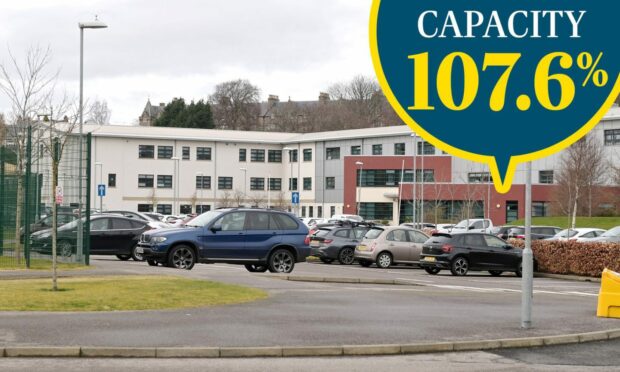
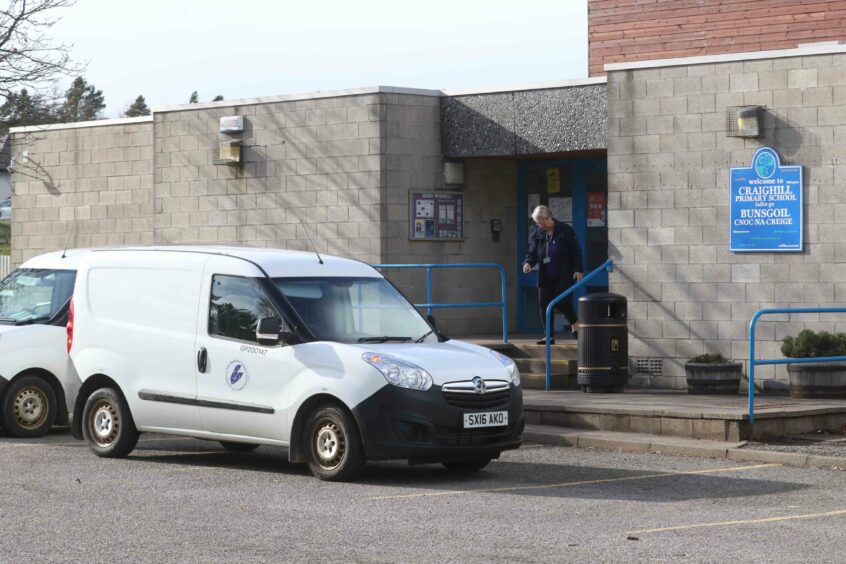


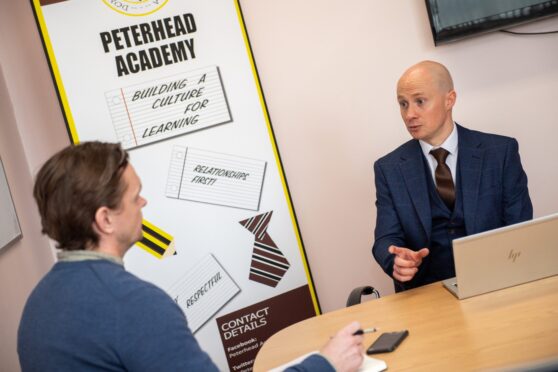
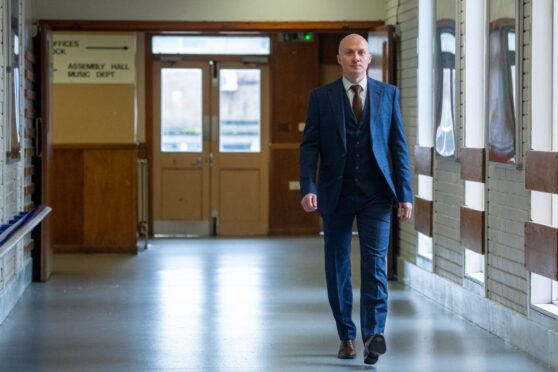
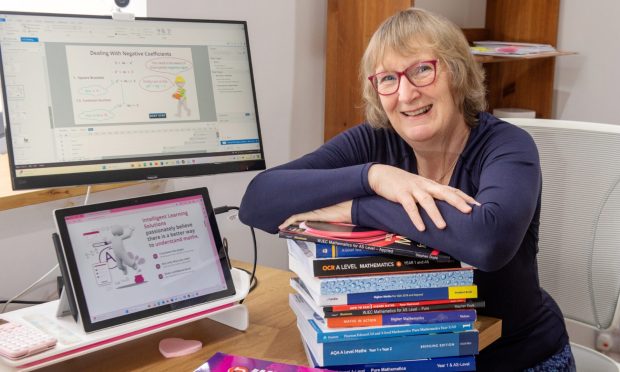
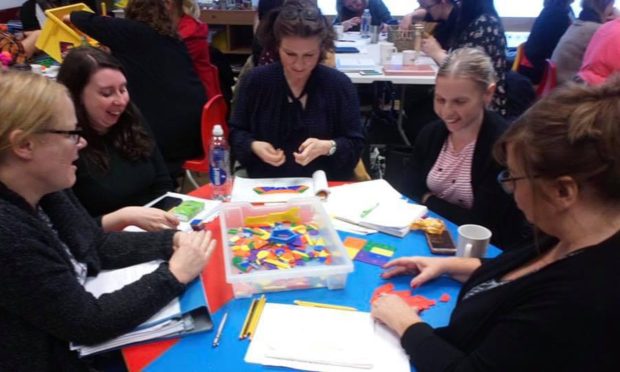

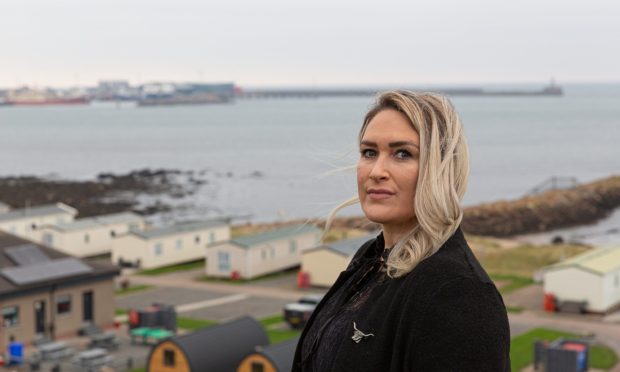
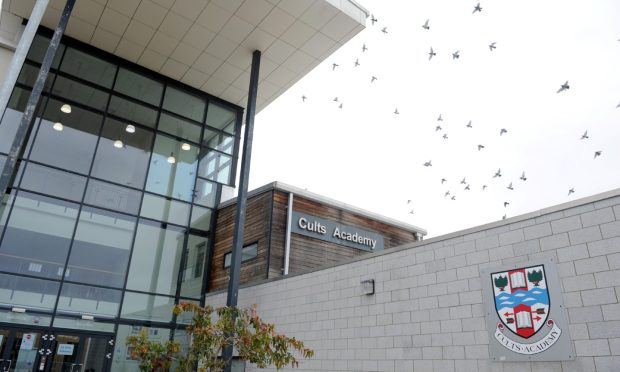

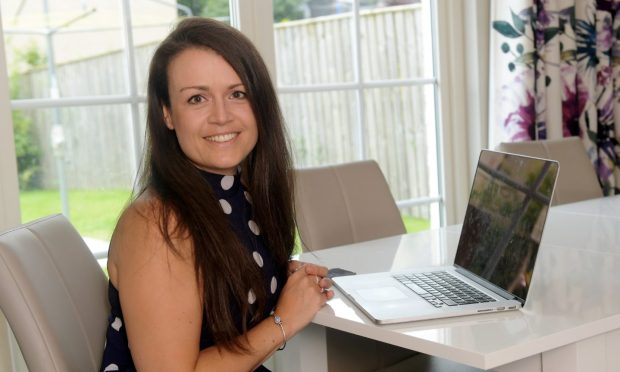
Conversation